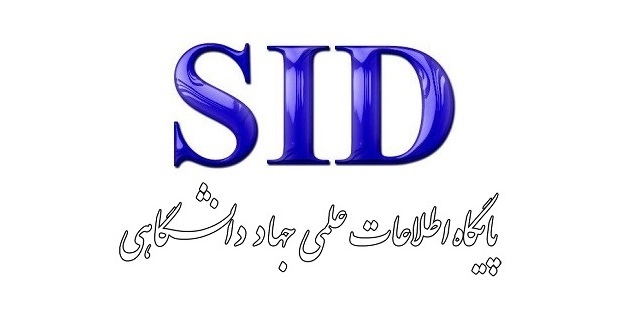Identification and Evaluation of Marketing and Sales Models in Industrial Markets (Case Study: The Bitumen Industry)
Keywords:
Marketing, Sales Management, Industrial Marketing, Bitumen MarketingAbstract
The aim of this research was to identify and evaluate marketing and sales models in industrial markets, with a focus on the bitumen industry. The study was conducted using both exploratory and survey methods. In the qualitative section, the Delphi method was employed, while in the quantitative section, Interpretive Structural Modeling (ISM) and Structural Equation Modeling (SEM) were utilized. In the qualitative section, as well as in the Interpretive Structural Modeling method, the population consisted of managers and experts from companies active in the bitumen industry in the year 2024. A purposive sampling method was used, selecting 14 individuals. Relevant factors influencing the model were identified using library research techniques. Initially, the Delphi method was used to filter and evaluate the identified factors. Subsequently, using both the Delphi method and Interpretive Structural Modeling, the modeling process was carried out. The software tools used were EXCEL and MICMAC. The quantitative population comprised the employees and customers of the bitumen industry, with an unlimited number of individuals. Using Cochran's formula, a sample size of 384 individuals was selected. A total of 1000 questionnaires were distributed, with 669 valid responses selected for analysis. Based on the researcher-designed questionnaire and qualitative analysis, data analysis was carried out using coding and path analysis techniques. To fit the proposed model, Structural Equation Modeling (SEM) techniques were used in the SMARTPLS software. According to the Delphi technique, 17 categories were identified: optimal marketing performance, increased profitability, economic conditions, laws and regulations, political conditions, technology, product innovation, market conditions, product quality, pricing, financial strategies, brand management, production capabilities, increased customer satisfaction, market differentiation, increased market share, and improved product quality. As a result, the design of marketing and sales models in industrial markets, especially in the bitumen industry, requires a comprehensive and multifaceted approach. This model should carefully consider factors such as product quality, competitive pricing, production capabilities, and innovation at the highest level, as well as the impacts of political conditions and laws and regulations at the secondary level. On the other hand, optimizing marketing performance and increasing profitability as primary goals can only be achieved when companies utilize precise market analysis, product innovation, and the use of new technologies to improve the supply chain and enhance exports. Ultimately, this approach can help companies in the bitumen industry enhance customer satisfaction and achieve sustainable success in both domestic and international markets with high competitiveness.







